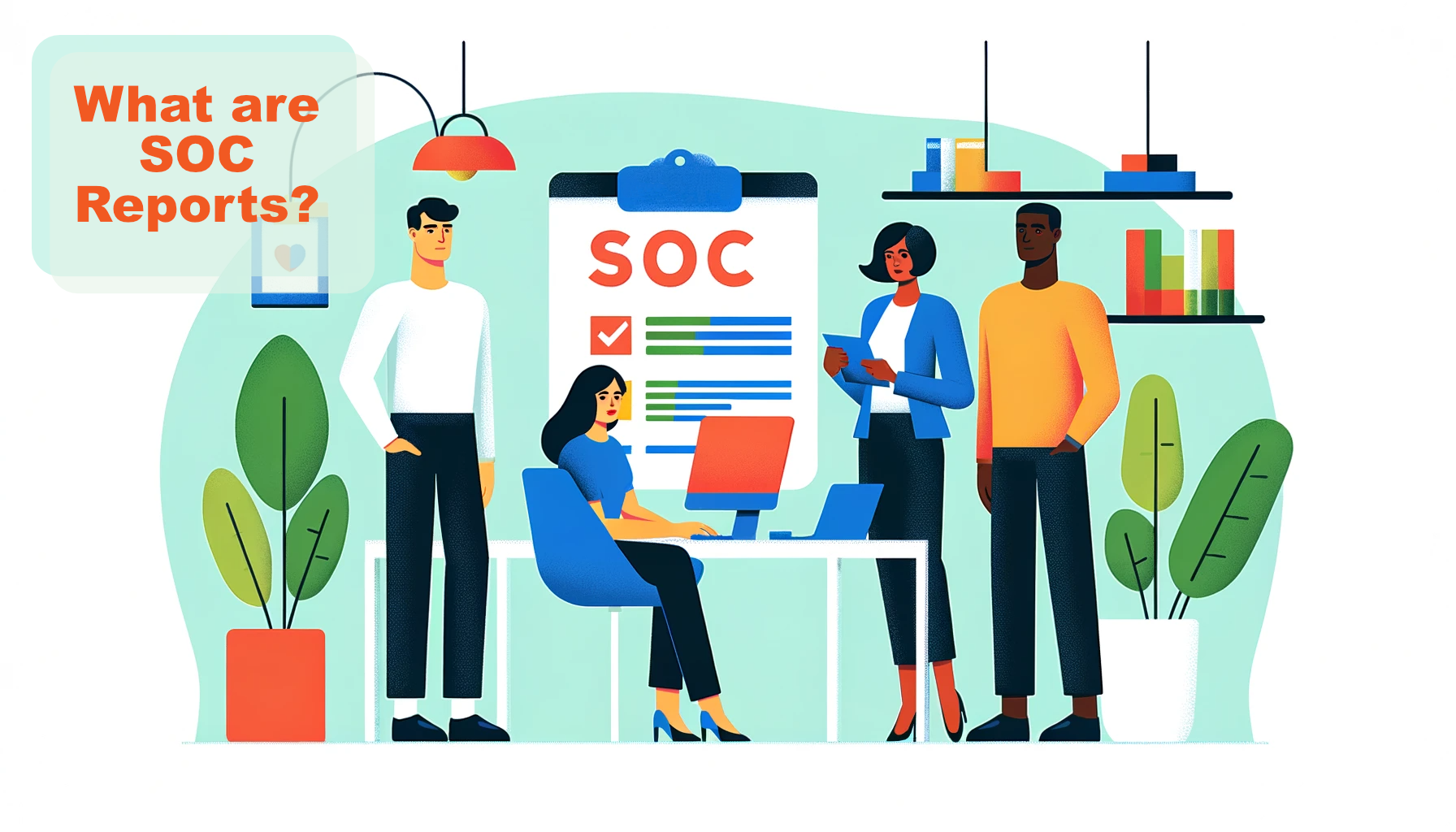The Basics of SOC Reports
This article, part 1 of Securily’s “Knowledge Base Series,” provides a brief overview of SOC reports, including what they are, who creates them, and how they benefit organizations. Already familiar with SOC Reports? You can hop into our article about determining what kind of SOC report your organization needs.
What are SOC Reports?
To start with the basics, SOC (pronounced “sock”) stands for System and Organization Controls and refers to an organization’s information security policies and procedures (they’re sometimes referred to as Service Organization Controls). Organizations do not generate SOC reports themselves, rather, they are created after an independent third-party auditor performs a technical audit of the organization. The audit can identify internal system vulnerabilities, as well as discrepancies between an organization’s system design and its actual functionality. Basically, the auditor runs a series of tests to discern if an organizations’ data security systems are working properly. The results of this audit are presented in the form of a SOC report.
If an organization wants to achieve SOC compliance, they must first meet “trust services criteria.” These criteria, established by the American Institute of Certified Public Accounts, include the following:
- Security
- Availability
- Processing Integrity
- Confidentiality
- Privacy
Securily helps organizations meet trust services criteria by assessing and strengthening their “cybersecurity posture” with AI-enabled automated scans, manual penetration testing, and preparation for various compliance frameworks. (“Cybersecurity posture” refers to the overall strength of an organization’s controls, protocols, and defense against cyberattacks.) Securily prepares organizations for SOC certification by shoring up their cybersecurity defense and creating policies necessary for certification. (See how Disco, acquired by Culture Amp, achieved continuous compliance with Securily.)
Why are SOC Reports valuable?
Now that we’ve explained what SOC reports are and how they are created, let’s talk about how they benefit organizations and their customers.
If your organization has encountered more companies requiring compliance certification, here’s why: data breaches—including identity theft, ransomware, and hacker attacks—hit an all-time high in 2023 for U.S. organizations. The statistics are staggering: “98% of organizations have a relationship with a vendor that experienced a data breach within the last two years.” So, it is not a matter of “if” your company will get targeted, but “when.” And it’s possible that it already happened.
Organizations that value responsibility and accountability should be proactive about protecting themselves and their customers. But how does an organization go about doing this? One option is to undergo a third-party audit (described above), which would generate a SOC report. The yield of such an assessment could help organizations identify and address any systemic inconsistencies and vulnerabilities, potentially avoiding data breaches and significant financial losses.
A more immediate option, which you can try right now, is Securily’s free website header scan. This scan checks the seven most common website header vulnerabilities that hackers can exploit to inject malicious code, disable your website, and steal your customers’ data.
According to the aforementioned report, “The number of ransomware attacks was two and a half times higher in September 2023 compared to September 2022,” and this upward trend will continue in 2024. The best course of action is to be proactive rather than reactive to lessen the risk of jeopardizing your business, customers, and reputation.
